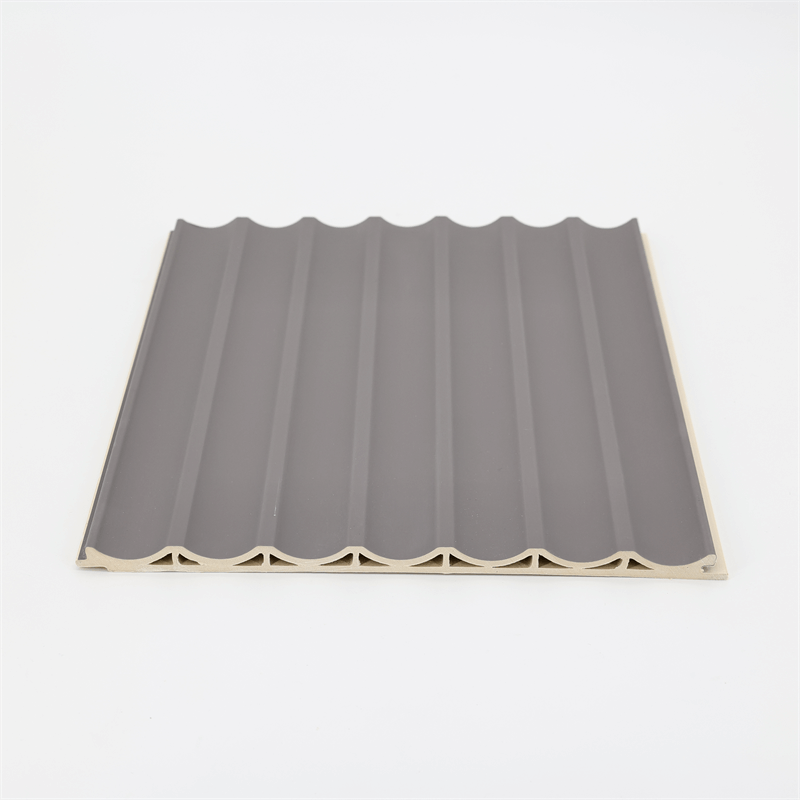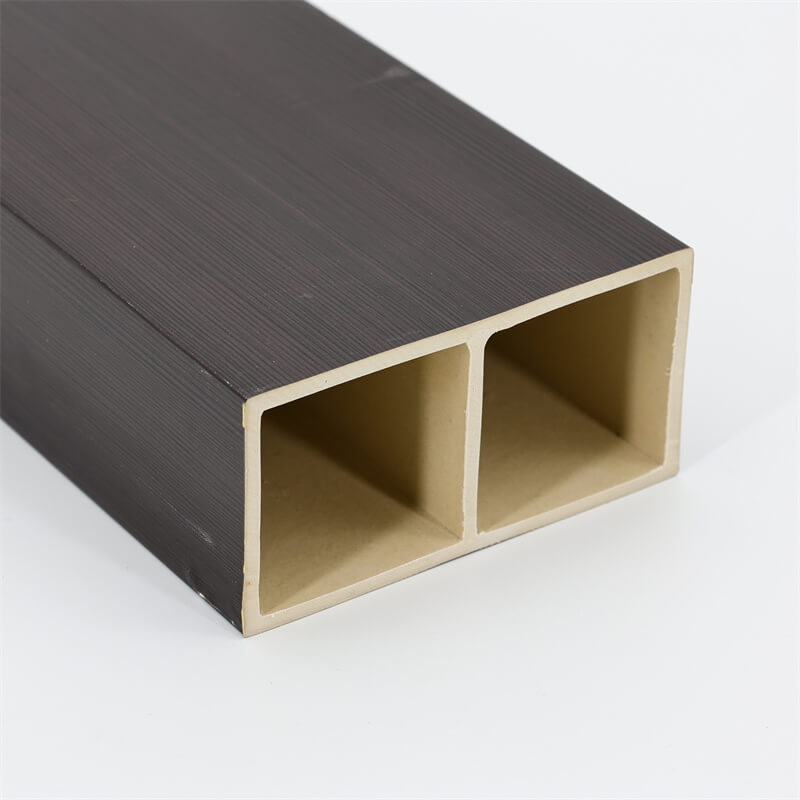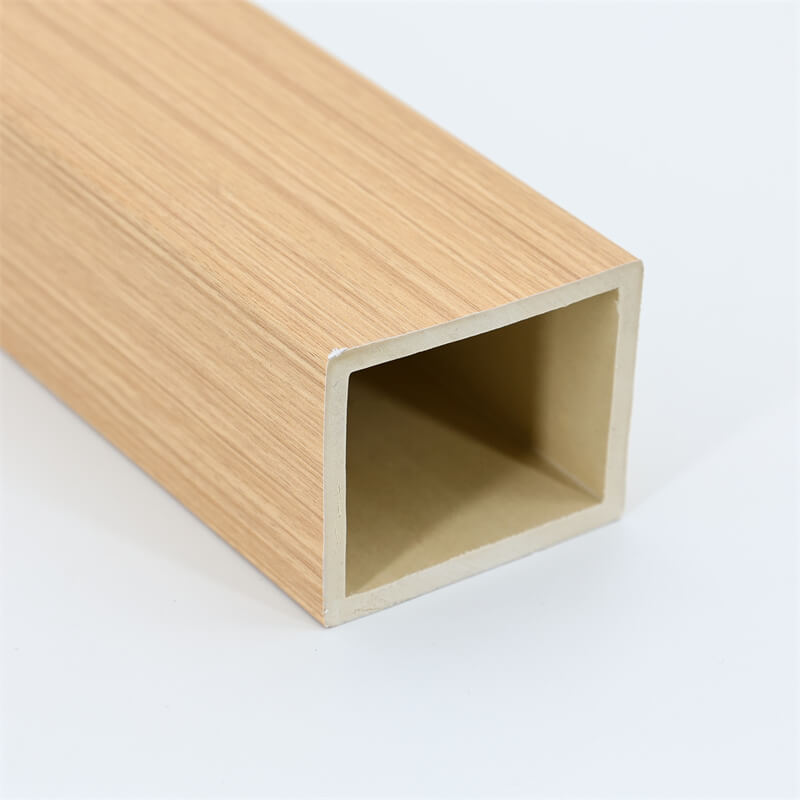
In today’s world, where sustainability is a top priority, interior designers are increasingly seeking eco-friendly materials that align with green design principles.
Wood-Plastic Composite (WPC) wood panels have emerged as a game-changer in sustainable interior design, offering a perfect balance of aesthetics and environmental responsibility.
WPC panels provide an opportunity for interior designers to create green interiors that showcase the natural beauty of wood while promoting sustainable practices.
This article explores how incorporating WPC wood panels in interior design projects can transform spaces into sustainable havens that prioritize both style and environmental consciousness.
Eco-Friendly Materials: The Environmental Advantages of WPC Wood Panels
Recycled and Sustainable Components WPC wood panels exemplify sustainability through their composition.
The panels are crafted by blending recycled wood fibers with thermoplastic polymers, which reduces the demand for virgin timber and diverts waste from landfills.
By utilizing recycled materials, interior designers can actively contribute to waste reduction and promote a circular economy, making a positive impact on the environment.
Reduced Carbon Footprint WPC panels offer a greener alternative to traditional wood products, as their manufacturing process requires less energy and generates lower greenhouse gas emissions.
Additionally, the incorporation of recycled materials further lessens their environmental footprint.
By choosing WPC wood panels for interior design projects, designers can significantly reduce the carbon footprint of their creations, supporting sustainable building practices.

Embracing Aesthetics and Texture: The Natural Appeal of WPC Panels
Realistic Wood-Like Appearance One of the most compelling features of WPC wood panels is their realistic wood-like appearance.
The panels capture the charm and warmth of natural wood, offering a visually pleasing ambiance to interior spaces.
The variety of wood grain patterns and textures available in WPC panels provides designers with the freedom to create interiors that exude both elegance and authenticity.
Versatile Design Applications From rustic to contemporary, WPC wood panels can complement a diverse range of interior design styles.
They are suitable for wall paneling, ceiling treatments, and even cabinetry, enhancing the overall aesthetics of any space.
WPC panels empower interior designers to infuse spaces with a touch of nature while adhering to sustainable design principles.
Longevity and Durability: Ensuring Sustainable Interior Solutions
Low Maintenance Requirements WPC wood panels’ inherent durability translates into low maintenance requirements.
Unlike traditional wood, which often demands regular staining, sealing, or painting, WPC panels only require simple cleaning with mild soap and water to maintain their appearance.
The reduced need for chemical treatments contributes to a healthier indoor environment and aligns with eco-friendly design practices.
Resistance to Wear and Tear Interior spaces witness daily wear and tear due to foot traffic, furniture movement, and other activities.
WPC panels’ resistance to scratches, impacts, and wear ensures that the panels retain their original beauty and structural integrity over time.
Their durability against wear and tear makes them ideal for high-traffic areas, creating sustainable solutions that stand the test of time.

Green Interiors and Well-being: Enhancing the Indoor Experience
Biophilic Design Integration Biophilic design aims to reconnect people with nature within indoor environments.
WPC wood panels facilitate the incorporation of biophilic elements by introducing natural wood aesthetics into interior spaces.
Their ability to evoke a sense of nature fosters a calming and rejuvenating atmosphere, promoting well-being and reducing stress.
Improved Indoor Air Quality WPC panels contribute to better indoor air quality, promoting healthier living and working spaces.
Unlike some traditional wood products that emit volatile organic compounds (VOCs), WPC panels do not release harmful substances into the air.
This eco-friendly feature creates a healthier indoor environment, especially important for spaces where occupants spend extended periods.
Incorporating Wood-Plastic Composite (WPC) wood panels in interior design projects paves the way for creating green interiors that combine aesthetics and environmental responsibility.
By utilizing recycled and sustainable components, WPC panels contribute to waste reduction and lower the carbon footprint of interior spaces.
Their realistic wood-like appearance and versatile design applications empower interior designers to infuse spaces with the warmth and charm of natural wood.
Moreover, WPC panels’ durability and low maintenance requirements ensure long-lasting and sustainable interior solutions that stand strong against wear and tear.
Embracing WPC wood panels also aligns with biophilic design principles, fostering a connection with nature and enhancing the indoor experience.
Additionally, their contribution to better indoor air quality promotes healthier living and working environments.
Interior designers hold the key to creating green interiors that prioritize sustainability without compromising on style and aesthetics.
By embracing the transformative qualities of WPC wood panels, designers can shape spaces that showcase the harmony between human habitats and the natural world.
Let WPC panels be the cornerstone of sustainable interior design, inspiring spaces that nurture well-being and foster a greener future.
